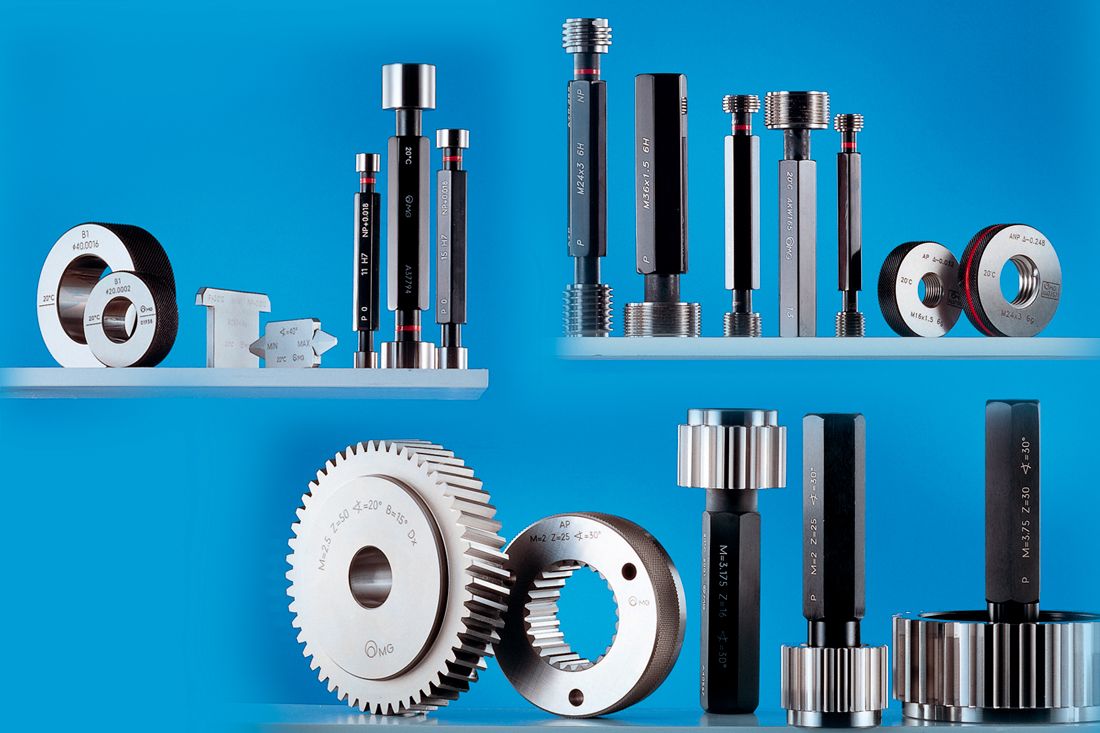BENEFITS
Benefits of the Attribute Gauging method:
- Optimal ratio between price and performance.
- The potential to apply the Maximum Material Condition with ease.
- Suitable for harsh industrial environment.
- Suitable to check very small sizes too difficult to be tested using other inspection methods.
- Suitable to allow the assembly of mechanical components.
- Ability to inspect complex features geometry at greater speeds than other inspection tools.
- Does not require electronic, or display units to be connected.
DESCRIPTION
According to most International Standards, Attribute Gauging will typically include all functional and GO/NOGO type gauges.
- GO gauge is a fixed limit gauge that checks features of size for acceptance, within the Maximum Material Condition (perfect form boundary). The GO gauge will fit into or over its full length, when applied by hand using little force.
- NOGO gauge is a fixed limit gauge that checks for any violations of the Least Material Condition (actual local size). The NOGO gauge will not fit into the work piece when applied by hand, as long as there is no excessive force used.
- Functional gauge is a fixed limit gauge used to verify virtual condition boundaries (Maximum Material Condition concept) generated by the collective effect of the feature’s MMC and the applicable geometric tolerance at the MMC size. The gauge is able to enter, or accept the workpiece over the entire length without excessive force being applied.
A fixed limit gauge is a device of defined geometric form and size used to assess the conformance of a workpiece feature into a dimensional specification.
APPLICATIONS
The following are examples for possible applications:
- Plugs, rings and snaps for cylindrical diameter inspection.
- Plugs and rings for threaded diameter inspection.
- Plugs and rings for splined diameter inspection.
- Template for shape or form profile error inspection.
- Visual gauges for profile of gasket seat inspection.
- Flush pin or combi gauges for the hole depth inspection.
- Flush pin or combi gauges for chamfer depth inspection.
- Fixtures (dog house and lay-on gauges) with mechanical pins for hole depth and/or position inspection.
.
Download
